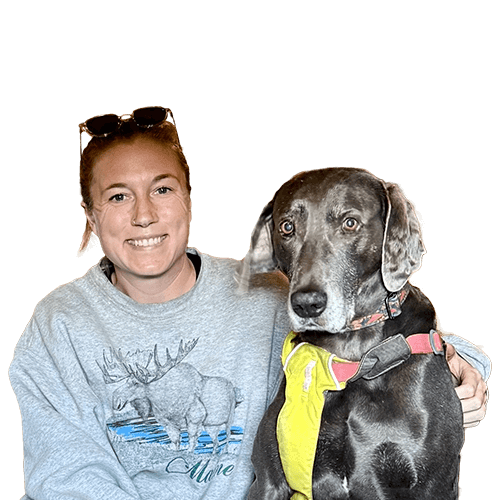Coast-to-coast in under a year—Jeff and Deb Marks embraced bookend travel and pushed their rig to its limits.
There’s a certain allure to travel plans that leave room for the unknown. Bookend traveling—a philosophy of planning the start and finish while leaving the middle wide open—isn’t just a method; it’s a mindset. It’s for those who believe the best adventures can’t be scheduled, who see detours as invitations rather than inconveniences, and who let curiosity chart the course. A local’s restaurant tip, a hidden trail, or a campsite conversation can lead to something unforgettable. In his memoir Ghost Rider: Travels on the Healing Road, Rush drummer Neil Peart hit the highway on a motorcycle for years to process unimaginable loss, proving that sometimes the best therapy is the open road. Now, our featured couple this month, Jeff and Deb Marks, weren’t searching for meaning on a soul-healing journey (nor are they legendary drummers), but they do understand the pull of the open road. Lifelong adventurers, they’ve spent years chasing new landscapes—backpacking deep into the woods, setting up camp under the stars, and embracing the simplicity of outdoor living. And while they weren’t looking to escape, they were looking for a better way to explore.
As a quick sidebar—here’s a full-circle moment for you. Years ago, the Marks honeymooned on the shores of the North Atlantic. Fast-forward to their first night in the Alaskan Camper and they parked close enough to the Pacific to hear the waves rolling in all night. It’s like the oceans themselves decided to bookend their journey, waving them into this next chapter. Coast to coast in under a year in their new Alaskan? Sure, but this wasn’t about clocking miles. It was about embracing every unexpected turn, unplanned stop, and postcard-worthy view along the way. Okay, so maybe the Neil Peart connection earlier was a bit of a stretch. What can we say? We’ve been binging Peart and letting the road-trip philosophy sink in and talking to Jeff and Deb only solidified it. And while we’re at it, The Masked Rider deserves a shoutout, too.

Say “Hey” to Jeff and Deb
Jeff and Deb Marks aren’t the type to sit still. Jeff, newly retired, spent decades as an electrician, following in the footsteps of his father and grandfather—mastering the kind of precision and problem-solving that’s just as useful for wiring a building as it is for troubleshooting a finicky piece of camping gear. Before that, he navigated the fast-paced chaos of the Chicago Mercantile Exchange—a career shift that put his adaptability to the test. Deb, an experienced outdoorswoman, has braved everything from backcountry trails to waterlogged canoe campsites, always ready to roll with whatever nature threw her way. But after years of hauling gear, wrestling with tent poles, and waking up with sore backs, the two were ready for a change. They weren’t looking to leave the wild behind—just the exhausting setup that came with it. It was time to spend less energy on camp logistics and more time actually soaking in the adventure.
The Buying Process
The decision to go with an Alaskan Camper wasn’t made on a whim—it was years in the making. Jeff and Deb had long debated upgrading from their tent-and-tarp setup, so in 2021, they tested the waters by renting an Airstream. While they loved the comfort, towing a trailer wasn’t their style. Jeff’s 16-foot aluminum fishing boat wasn’t up for negotiation, and in Illinois, unless you’re driving a big rig, double-towing is off the table.
By 2022, truck campers became the clear frontrunner, but living in the Chicago suburbs meant seeing an Alaskan Camper in the wild was about as common as finding a Midwesterner who prefers warm-water fish (if you know, you know). With Alaskan Campers based in Washington and none nearby, Jeff wanted to see one up close before committing. He’d tested a few truck campers already—and let’s just say the seating didn’t impress.
So, when Alaskan connected him with an owner in Minnesota, he didn’t hesitate. While visiting family for the holidays, he and Deb made a detour—and the visit didn’t disappoint. The owners welcomed them like old friends, swapped stories, and proudly showed off their rig—so passionately, in fact, we almost felt like we owed them commission. “That sealed the deal,” Jeff says. Between the rock-solid design, the comfort, and the kind of owner enthusiasm you can’t fake, the decision was made.
By March 2023, Jeff and Deb were rolling into Winlock, Washington, ready to pick up their custom-built Alaskan. After a thorough walkthrough with the team, they hit the road—finally behind the wheel of the camper that had been years in the making. Now, it was time to put it through its paces.
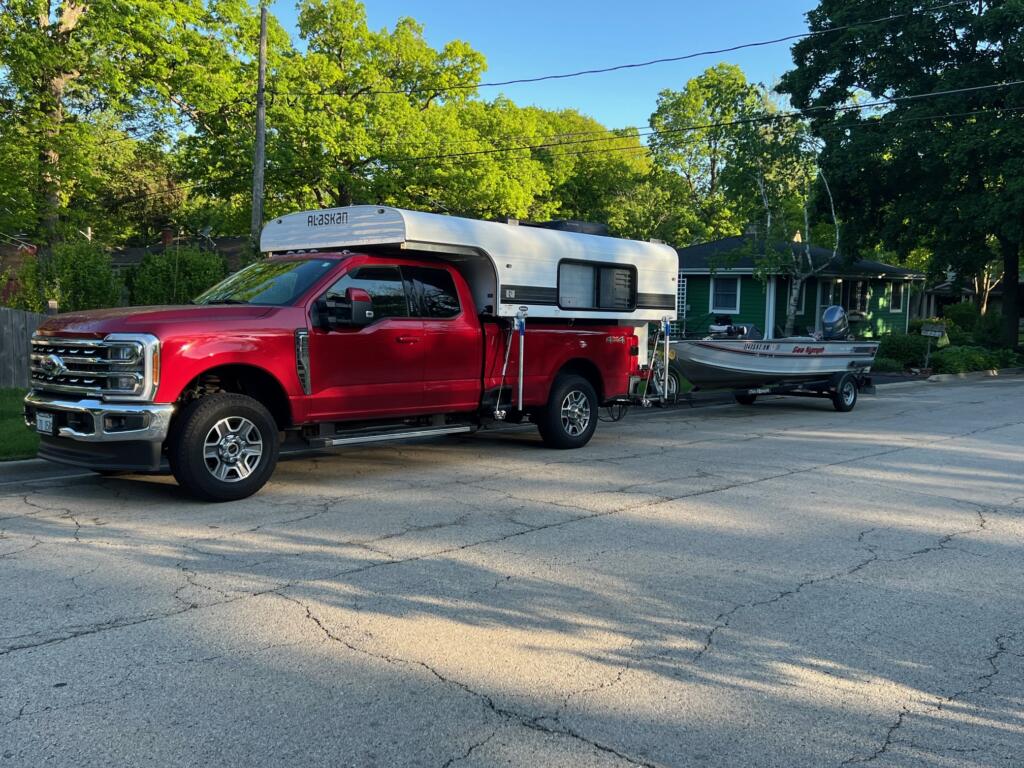
Rig Specs
Jeff’s setup is built for the long haul—no half-measures here. His 2023 Ford F-250 SuperCab, factory-equipped for hauling and upgraded with Timbren bump stops, keeps things smooth and stable under a full load. On the back sits his 10-foot Alaskan Camper with a side dinette layout, composting toilet, solar panels, air conditioning, and an insulated floor—because roughing it doesn’t have to mean freezing toes. The hard-sided, telescoping design keeps it aerodynamic on the highway and rock-solid when parked. And when Jeff needs to drop the camper at camp and take the truck solo, his custom plywood support system keeps it stable and secure. It’s a setup built for adaptability, comfort, and the kind of mileage that turns road trips into full-blown expeditions.
Road-Tested: 50 Nights and Counting
The drive back to Illinois became its own adventure, packed with new experiences and a rolling list of campgrounds. Jeff logged every stop—private, state, and county campgrounds—each a new proving ground for their Alaskan setup. “We winged it! We didn’t overplan,” Jeff says. “We just picked a mileage goal, booked campgrounds on the fly, and let the road do the rest.” By the time they rolled into their driveway, they had put the camper through its paces—freezing temps, endless highway miles, and a few minor fixes along the way.
Jeff reports their camp setup time is down to less than 15 minutes when they’re both on their A-game, so beat that!
And they were just getting started! In under a year, Jeff and Deb have logged nearly 50 nights in the camper, traveling everywhere from the Outer Banks of North Carolina to the deep woods of northern Minnesota. From one coast to the other, through state parks and backcountry roads, the Alaskan has proven itself at every stop.
For Jeff, the journey isn’t just about where they go—it’s about making the camper work even better for them along the way. His knack for problem-solving has led to a few smart upgrades (and fixes)—securing the hot water heater, reinforcing the toilet door hinges, and fine-tuning little details that make the camper feel even more like home. “I like that I can make it my own,” Jeff says. And with every mile, every log entry, and every new place they set up camp, Jeff and Deb are doing just that—shaping their Alaskan into the ultimate road-tested companion for whatever adventure comes next.
Walleye Fishing Spots
Lake Erie, Ohio—The Walleye Capital of the World
If there’s one place that consistently churns out monster walleye, it’s Lake Erie. Dubbed the Walleye Capital of the World, this Great Lake is home to a booming population, and its Western Basin is the go-to destination for catching limits. Spring and fall offer some of the best bites, with fish moving into shallower waters to feed. Summer fishing requires deeper trolling techniques, but the action stays strong year-round. Many anglers opt for charter boats, but plenty of DIY fishing can be done from piers and breakwalls in places like Port Clinton and Sandusky.
Lake of the Woods, Minnesota—A Boundary Water Paradise
Straddling the U.S.-Canada border, Lake of the Woods is a legendary walleye fishery with over 14,000 islands and countless hidden honey holes. It’s particularly famous for its ice fishing scene, where anglers set up heated shanties and drop lines through the frozen lake in search of trophy-sized fish. In open-water seasons, trolling and jigging near reefs and rocky points produce the best results.
Mississippi River, Wisconsin & Iowa—River Walleye at Its Best
For those who love river fishing, the Mississippi River offers a unique walleye experience. Pool 4 near Red Wing, Minnesota, and the tailwaters of the dams in Iowa and Wisconsin are known for holding big, aggressive fish. Springtime is prime time as walleye migrate upriver to spawn, but fall can also be productive. Casting jigs into current breaks, wing dams, and back eddies is a tried-and-true method for success.
Techniques to Reel Them In
Jigging
Jigging is one of the most effective ways to catch walleye, especially near underwater structures like reefs, drop-offs, and rocky points. Anglers use a jighead tipped with live minnows, nightcrawlers, or soft plastics to mimic the movement of injured baitfish. The key is to let the jig sink to the bottom, then lift it slightly with short, sharp rod twitches before letting it settle again. This motion triggers reaction strikes, especially in cooler water when walleye are less aggressive.
Trolling
Trolling covers large areas of water efficiently, making it a top technique for lakes with scattered walleye populations. Anglers use crankbaits, spinner rigs, or crawler harnesses trailed behind planer boards to present bait at varying depths. Adjusting trolling speed—typically between 1 to 2.5 mph—is crucial, as walleye can be picky about their strike zone. In warmer months, trolling deep along ledges or over submerged structures often yields the best results.
Slip Bobber Fishing
For precise depth control, a slip bobber rig is one of the best tools for targeting walleye in specific areas. A live minnow, leech, or nightcrawler is suspended just above the lake bottom or near submerged cover, such as weed beds or submerged trees. The adjustable bobber allows anglers to fine-tune their bait placement, keeping it right in the strike zone. This technique is especially effective in calm conditions or when walleye are schooling in one spot.
Ice Fishing
When the lakes freeze over, walleye anglers trade their boats for ice shanties and augers. Jigging small spoons, rattle baits, or tungsten jigs tipped with minnows is a go-to strategy for enticing walleye through the ice. Targeting mid-lake humps, break lines, or areas with varying depths is key, as walleye tend to move throughout the day. Dawn and dusk remain the most productive times, and using electronics to locate fish under the ice can make all the difference.
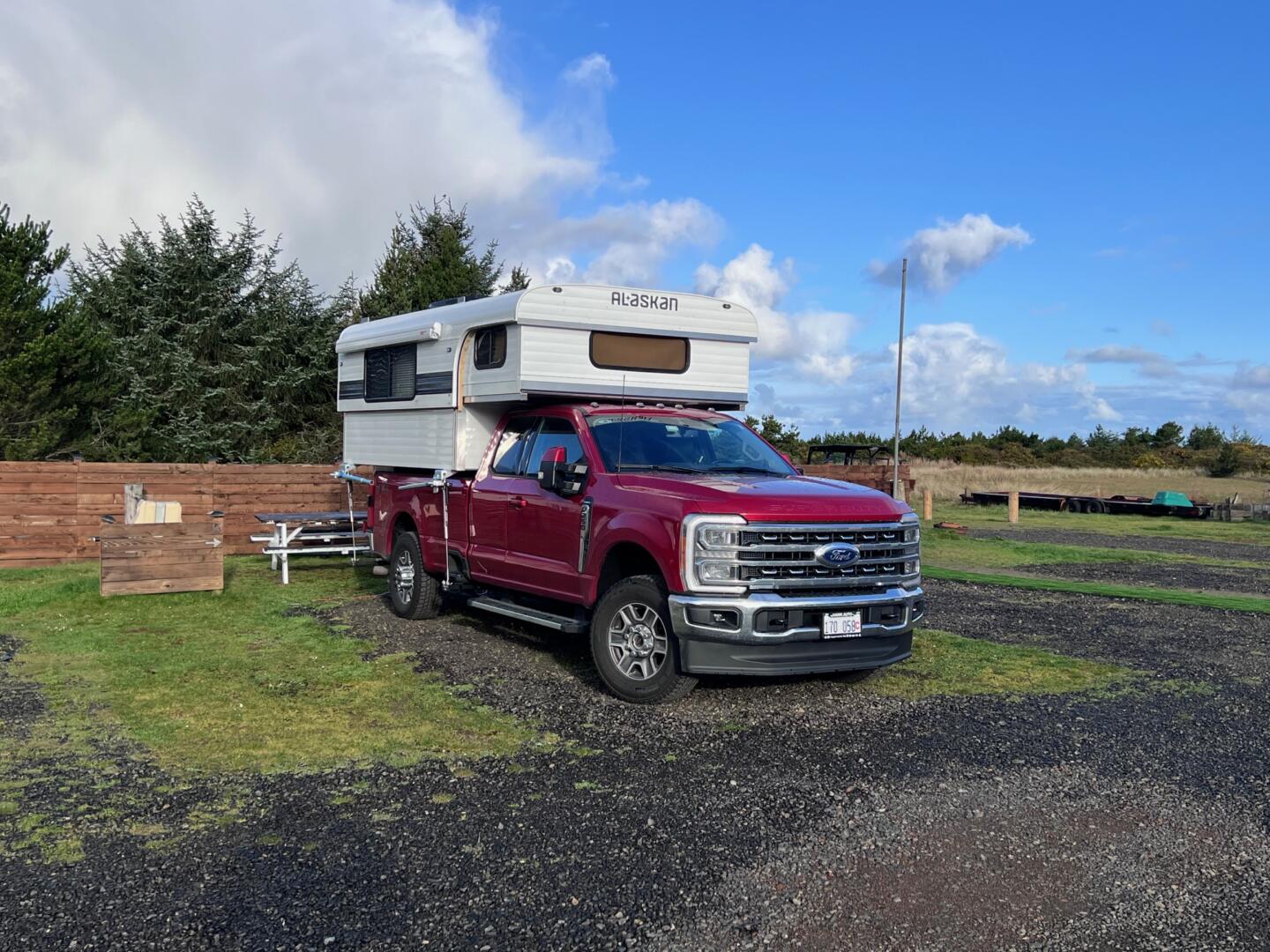
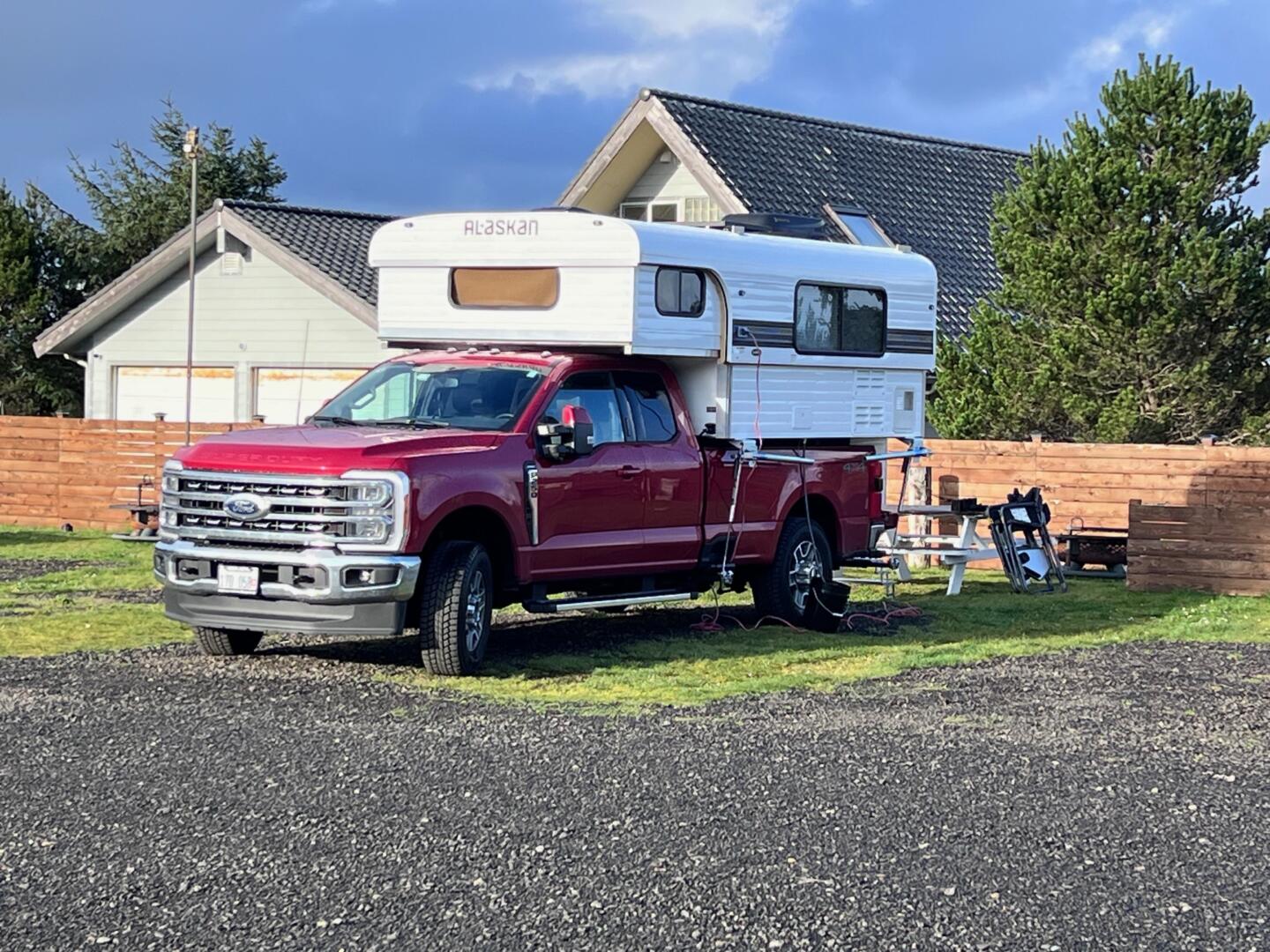
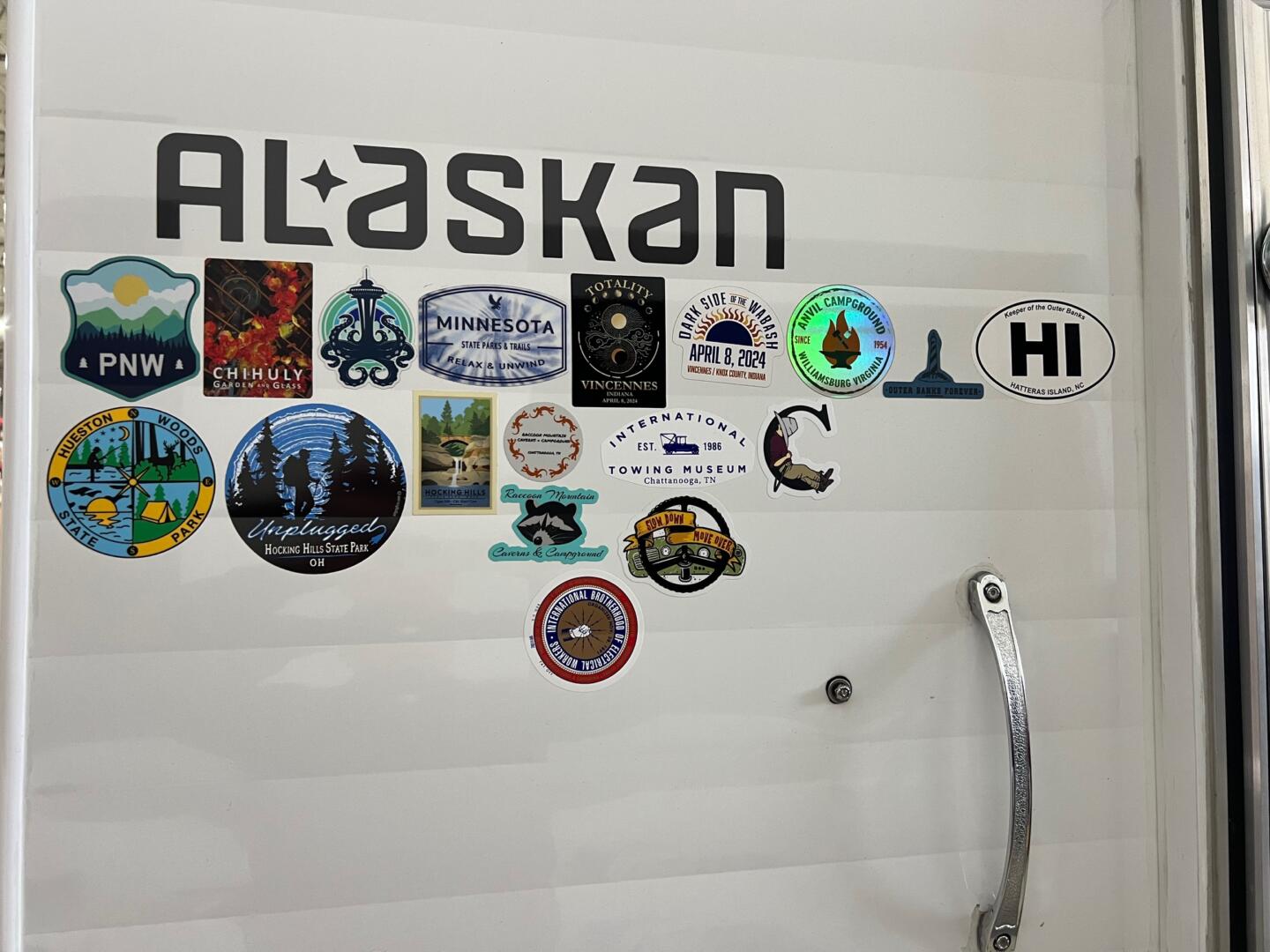
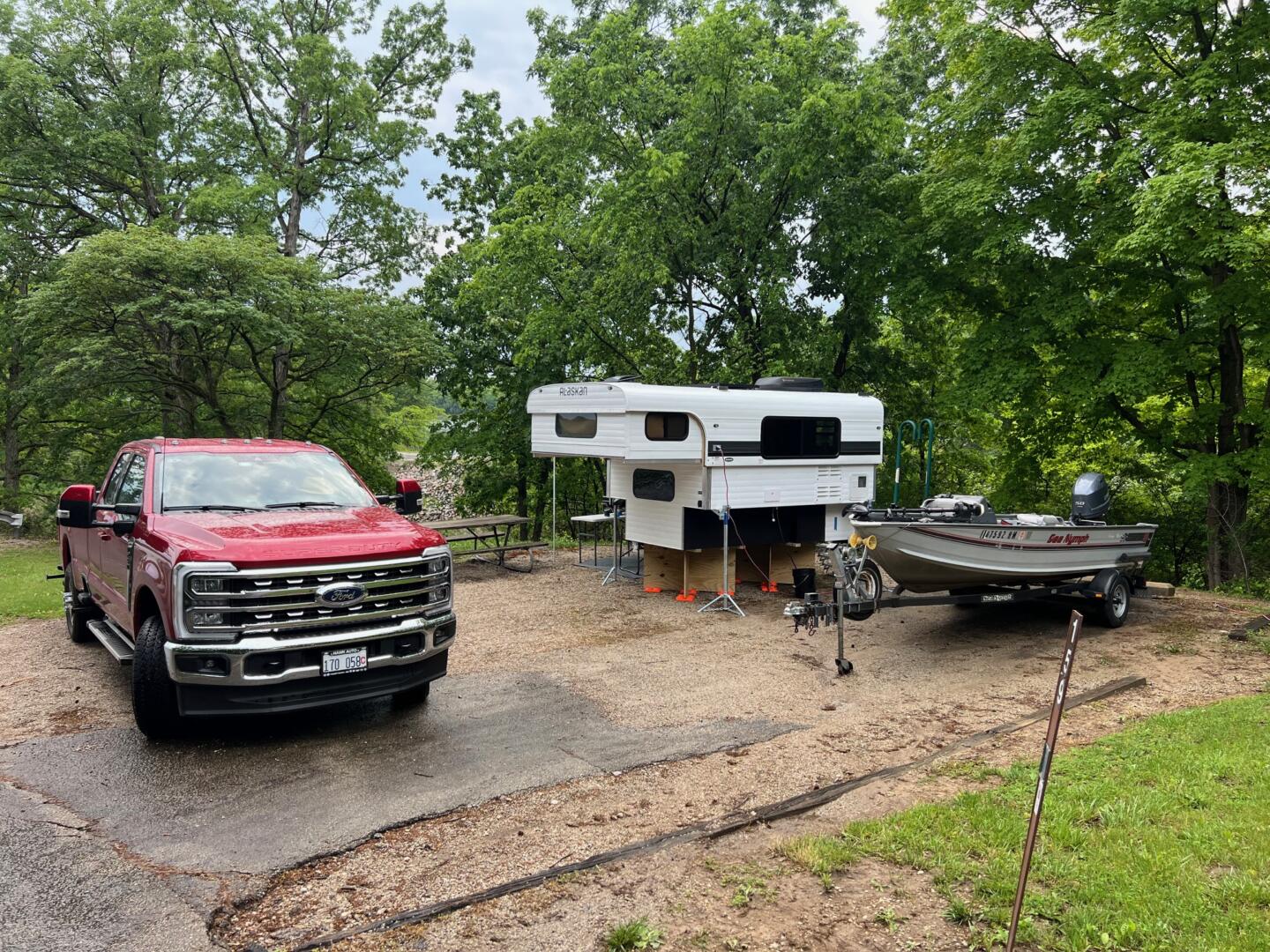
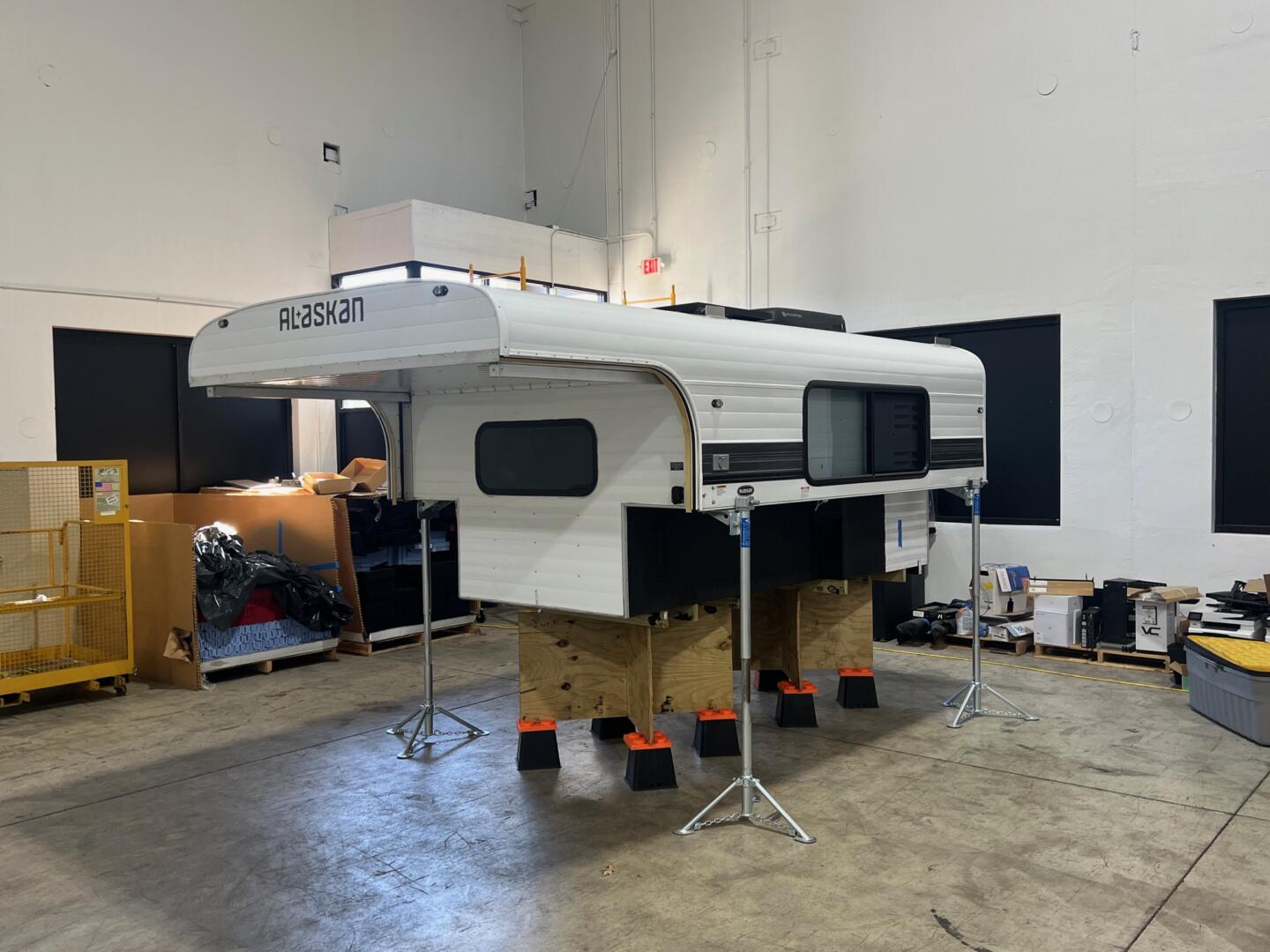
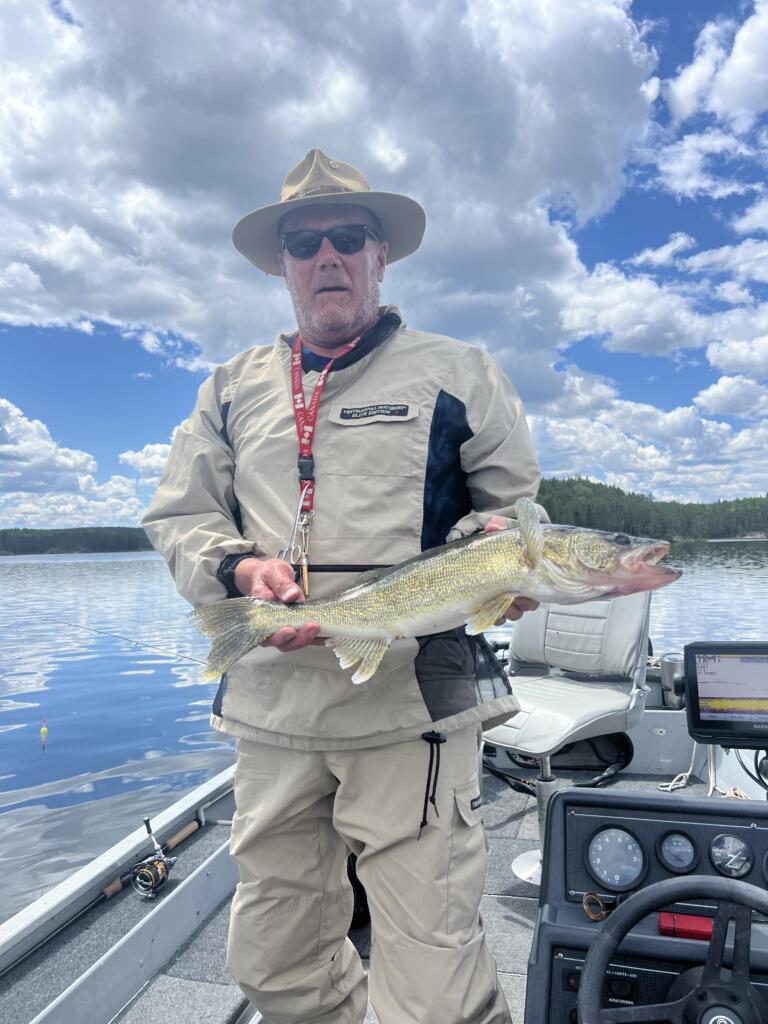
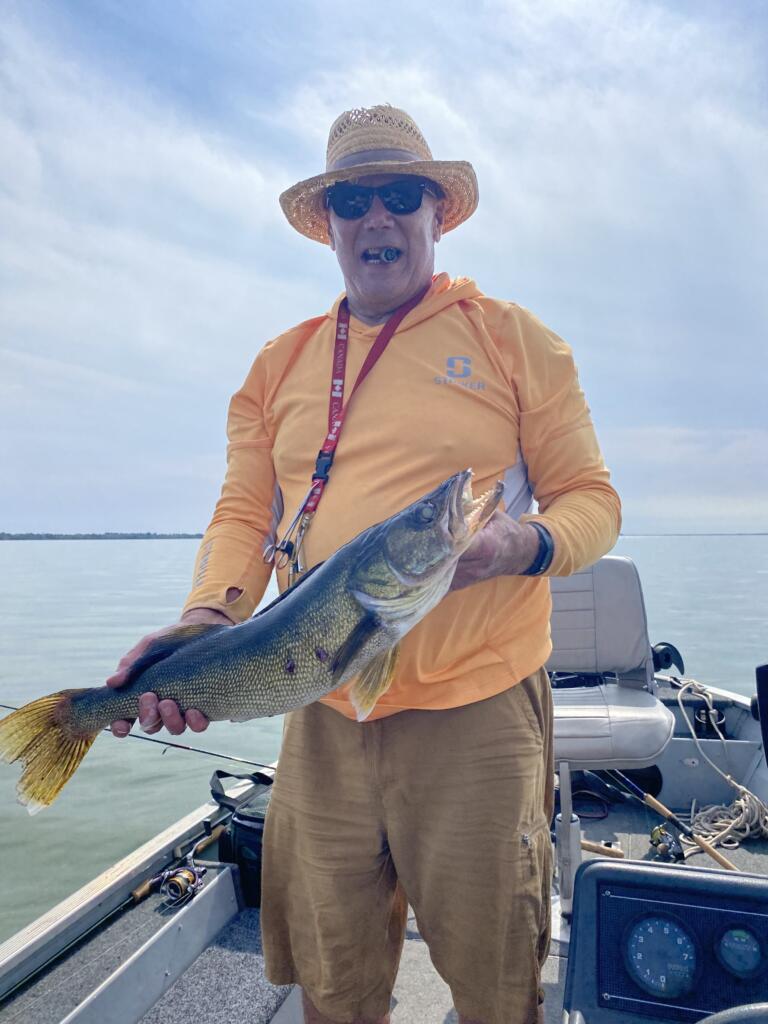
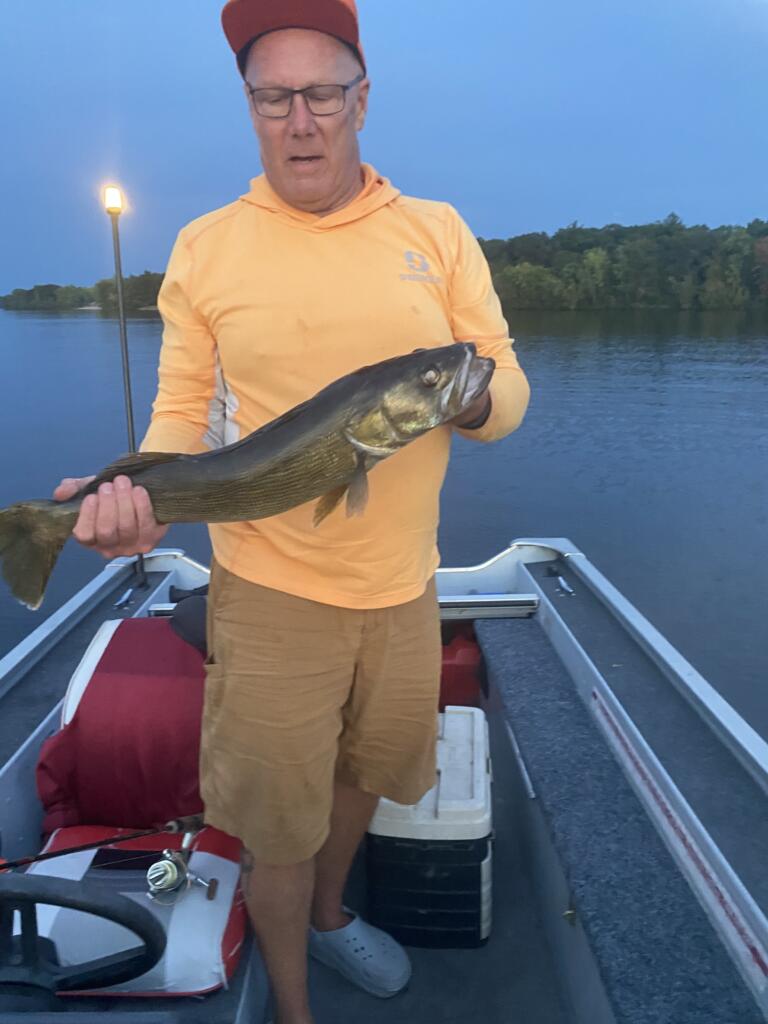
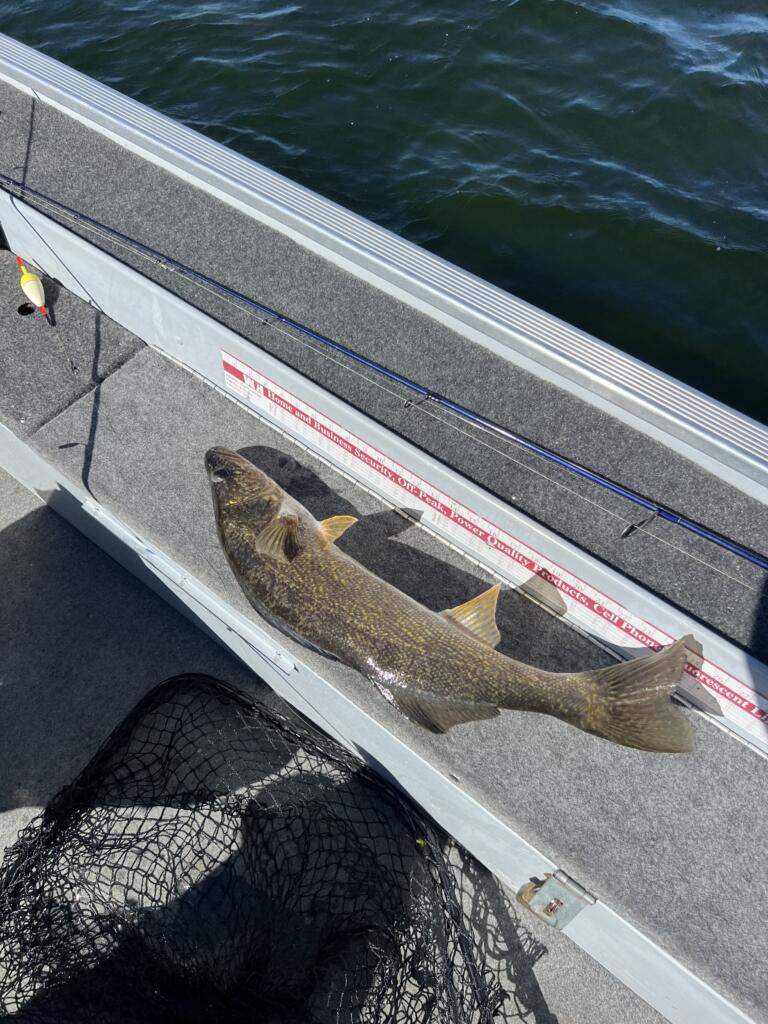
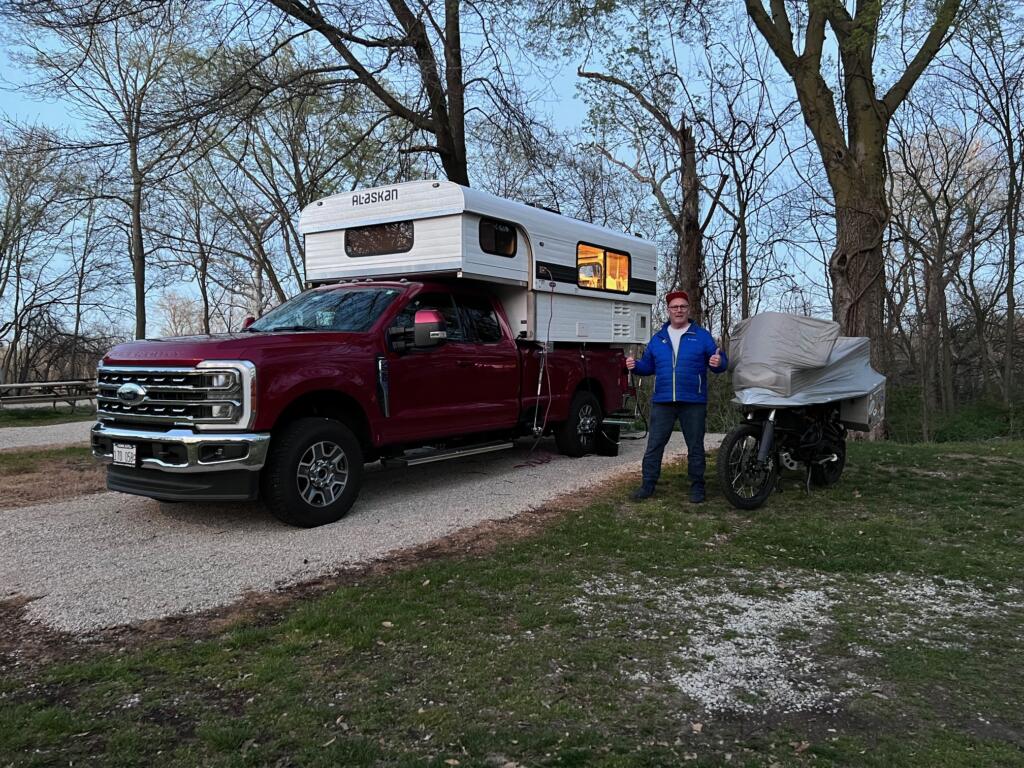 Time to Head for Shore
Time to Head for Shore
